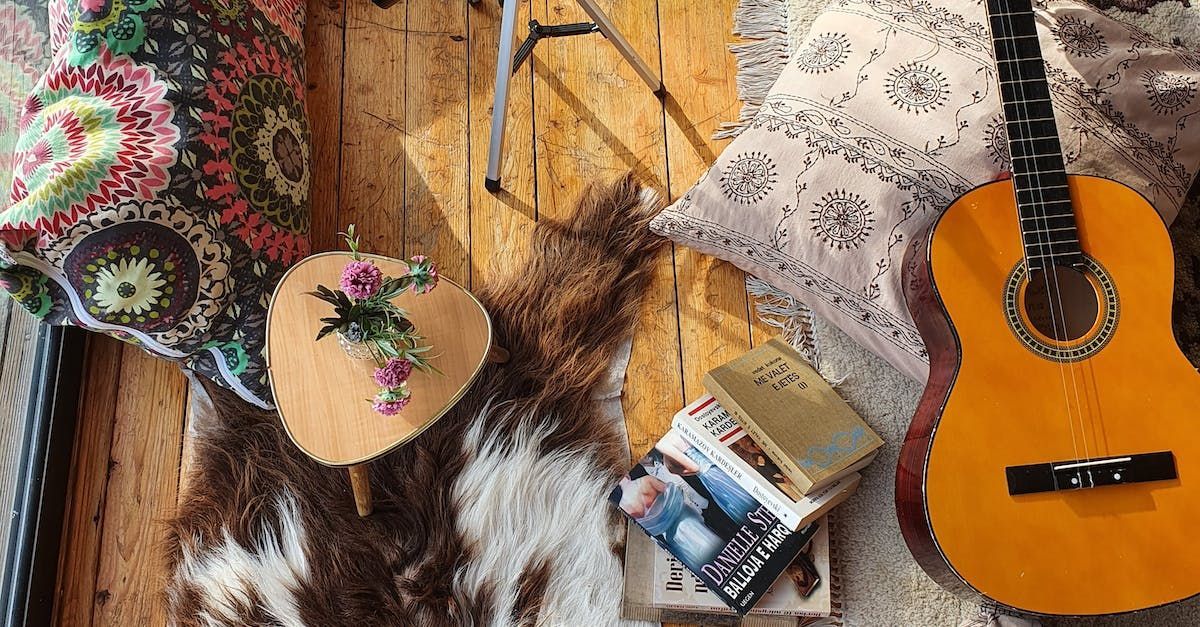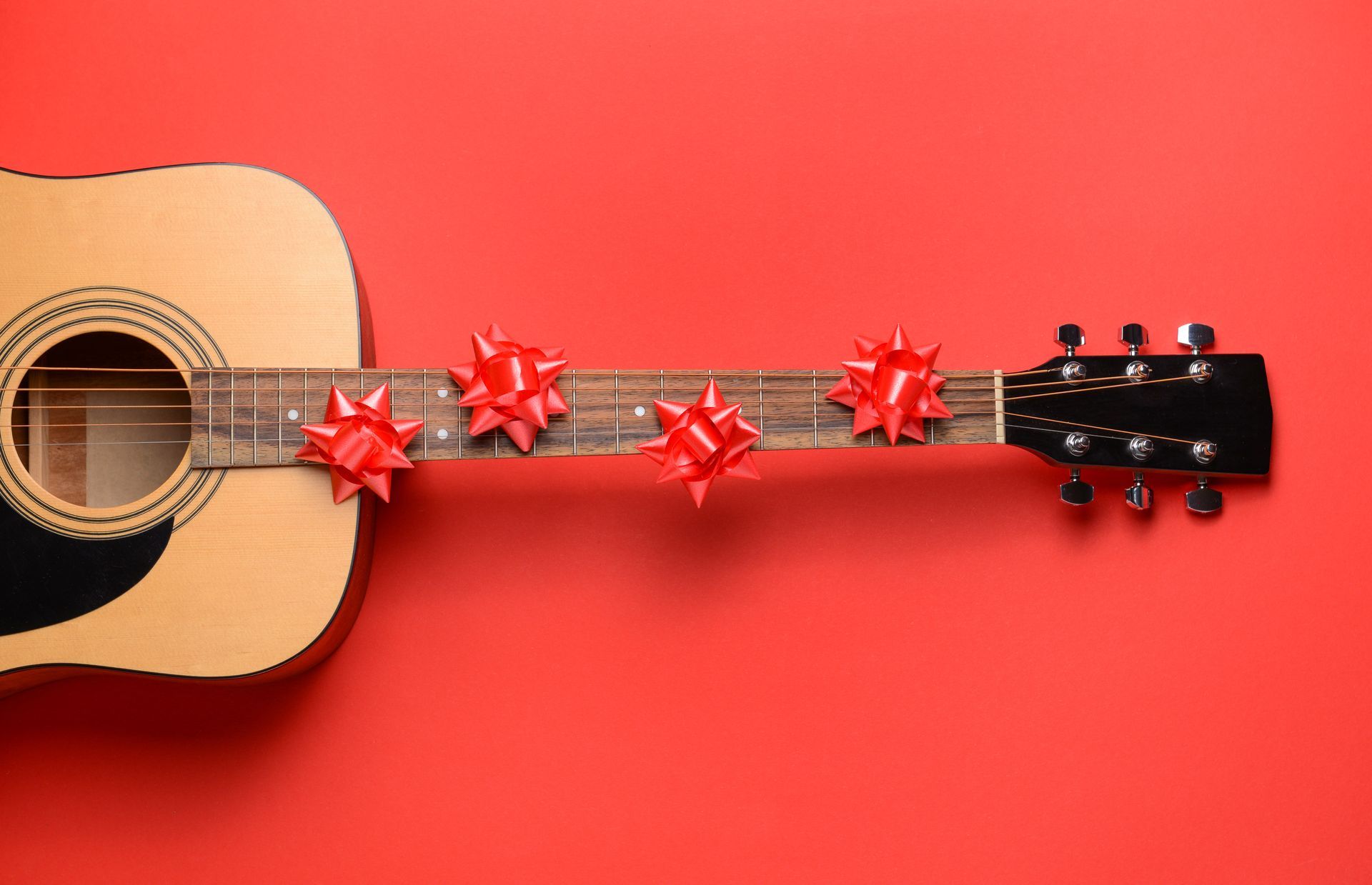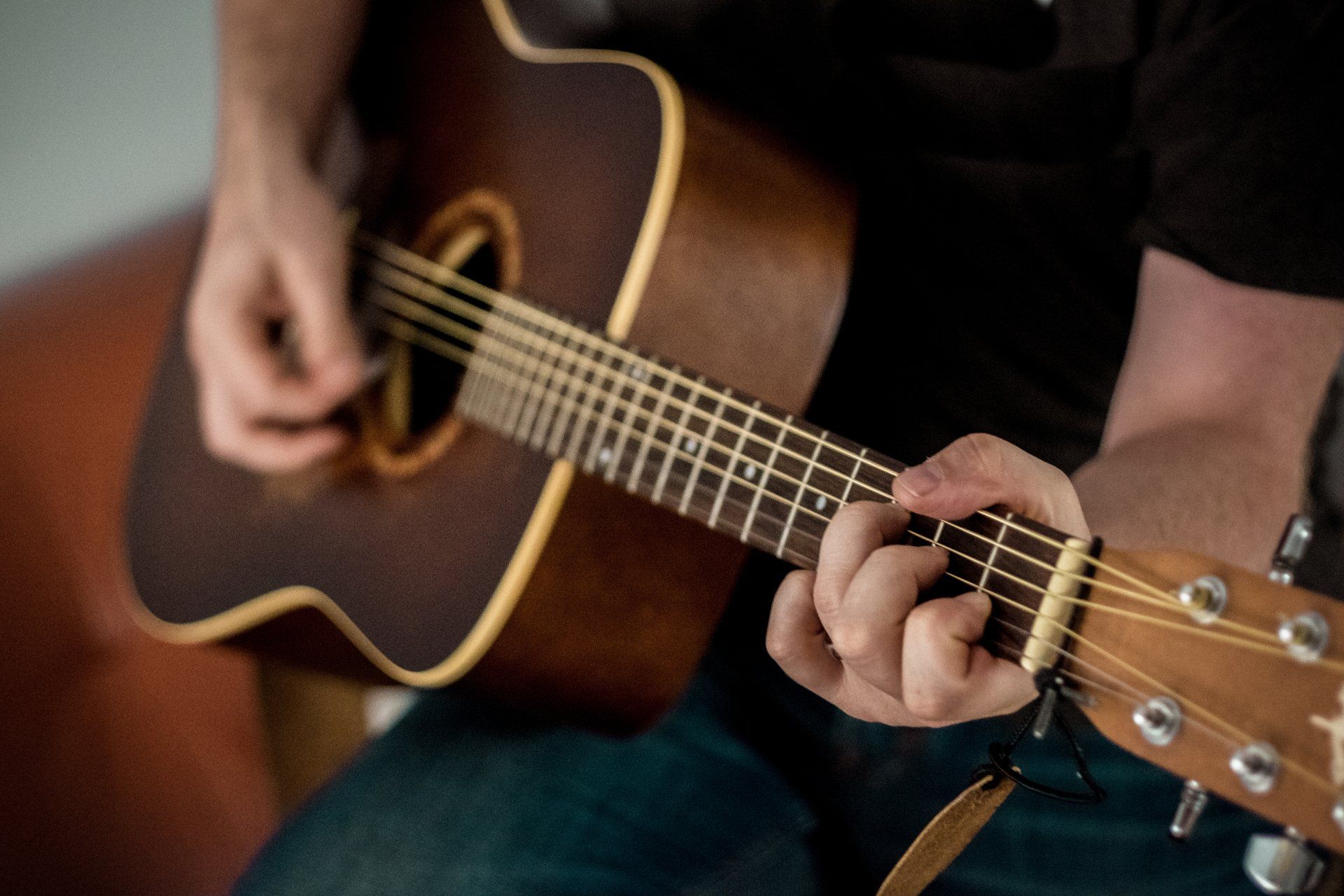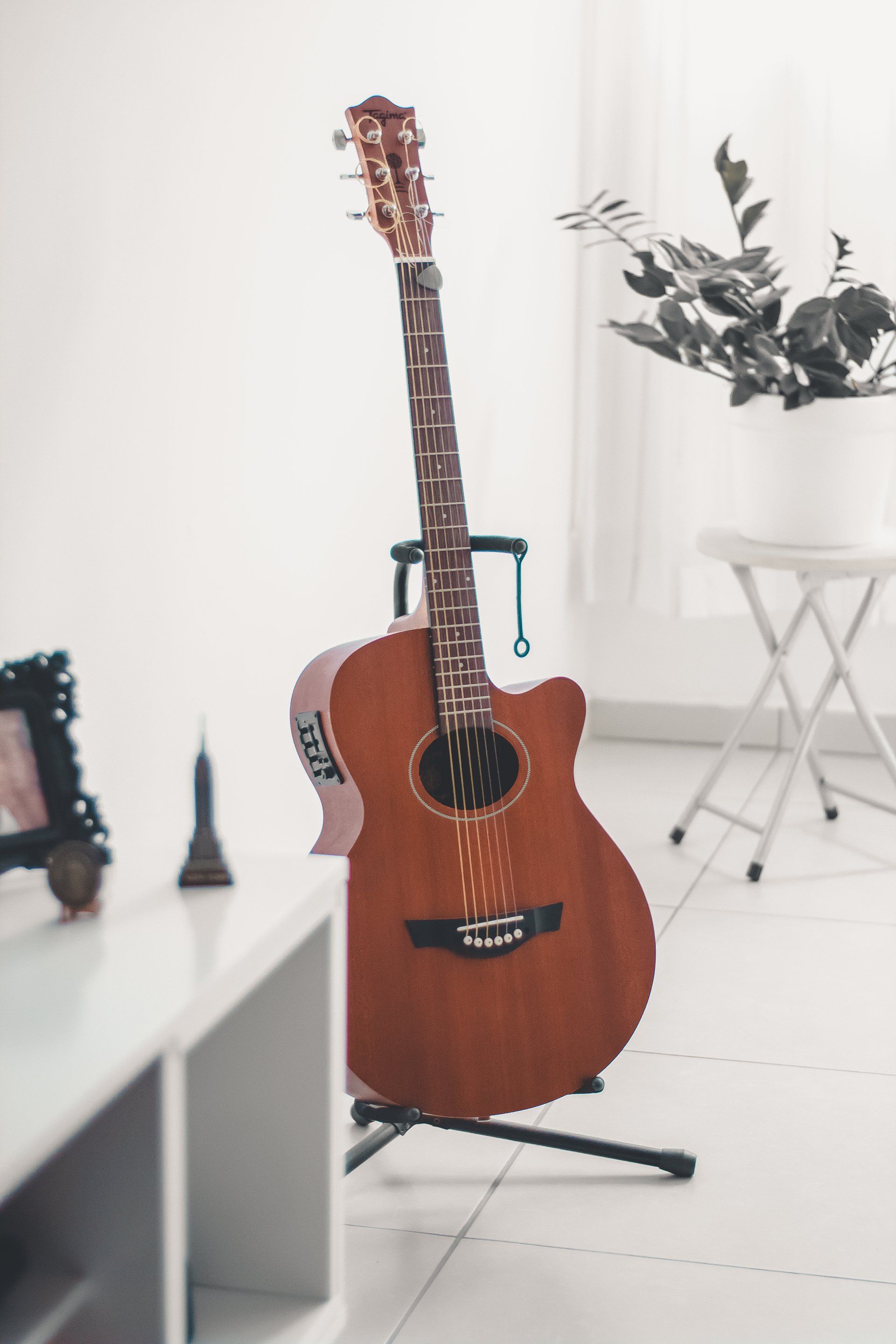What you need to know about your guitar in the winter
The dry winter air can be hard on your guitar, but there are some precautions you can take to make sure it doesn't get damaged. The one-two punch of dry winter air and dryness caused by home heating will damage your guitar in the first month of truly dry weather. While it is nice to display your guitar and keep it out on the guitar stand, in the corner, or hanging on the wall - this is too hazardous for your guitar's health.
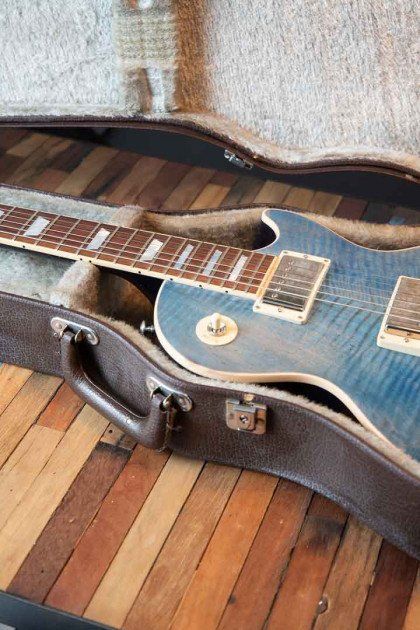
Why is humidity important?
Humidity is an often overlooked, but very important component of a guitar's lifespan. As humidity goes down, so does our guitars' ability to remain stable and playable. It's important for winter-time musicians to keep their instruments well-protected. Damage occurs quickly. Acoustic Guitars are more susceptible to humidity changes than electric guitars, however, that does not mean electric guitars are safe.
How does humidity affect my guitar?
Relative humidity is the amount of moisture in the air. Your guitar should be kept at 40% - 50% relative humidity year round. As it drops, it sucks the moisture out of your guitar. Wood is porous. Therefore, your guitar will contract and expand with the weather. While summers can be difficult, winters are simply damaging to your instrument. Your acoustic guitar's top will develop a dip or a hump; the bridge will start to lift (I had a guitar's bridge pop right off last winter - a child's guitar); the neck will become dry and brittle; and the fingerboard will dry and shrink thus causing your frets (usually stainless steel) to hang over the ends of the neck and nip your fingers as you play. The guitar may become unable to be tuned and the strings will likely get suspended far over the top of the fretboard so you can't push them down easily. Or the opposite may occur - the strings will come too close to the fretboard and cause buzzing when you play. Electric guitars experience similar neck issues and you shouldn't assume they'll be ok just because they are not acoustic guitars. Cracks and warping can be permanent. Facing a $150 crack repair on a $250 acoustic guitar is a bad situation all around.
Tips for caring for your guitar
The most important thing to remember is that you should store your in its case away from heat sources when there's little humidity in the air, especially if the temperature outside falls below 50 degrees Fahrenheit or 10 degrees Celsius. You should also avoid exposing your guitar to direct sunlight if at all possible, as this will dry out the wood over time and cause premature wear and tear. Unfortunately, this is not enough to ward off damage from the low relative humidity we experience in the middle atlantic states, east coast and northeastern United States.
1. You need a tightly closing or hard-shell case. There are a few foam-form-fitted acoustic cases on the market that zip up; but; a regular old latching case is the best bet. Guitar bags or "gig bags" do little to protect it - however, there are a few quite nice ones available that may offer enough protection. Want to play it safe? Buy a hardshell latching case.
2. The most affordable fix is simply a sponge and some distilled water (about $8). You'll take a new kitchen dish sponge (about $2), soak it in distilled water (about $1) and squeeze out excess water, and place it in a sealable sandwich bag (about $3 for a box). Poke holes in the sandwich bag before you place the sponge in. For acoustic guitars, place one of these items under the head and another one near the guitar sound hole. BE SURE TO squeeze the sponge out enough that no water will drip onto your guitar. For electric guitars, place one under the head. You will need to check the sponge every day - which shouldn't be a problem since you practice every day, right? ;)
3. Boveda Brand or D'addario humidipaks (about $25). They are already formulated to keep a perfect environment in your guitar case. They will need to be replaced every 2-3 months. Place them in your case, close the case, and no need to worry. When they go from feeling squishy to feeling crystallized, replace them. Easy! Amazon links: https://amzn.to/3npw6Y9 and https://amzn.to/3FgGMy1. These are the most worry-free; but, they are not reusable. So you are looking at a yearly spend of about $100.
4. Oasis Humidifiers ($25 - $50). These are among the best products for winter. Where the humidipaks in #3 above will work in summer AND winter to give OR take humidity; these Oasis cigar-shaped humidifiers are for the dry months only and work beautifully. They need a little more care and maintenance. You buy the first one and it comes pre-loaded with the crystals. Just add a few syringes (included) of distilled water. If your winter months are very dry, I suggest two for acoustic guitars - one Oasis that hangs into the guitar's sound hole and one to lay up near the head. That's the safest way; and - they are reusable year after year! You just need replacement crystals ($8) Amazon Link: https://amzn.to/3Fk2bq6
Summary
The low humidity during fall and winter will have an adverse effect on your guitar's wood, making it crack or warp. Mindfulness that your instrument is delicately made of porous wood and a couple low-cost prevention methods will help your guitar stay healthy for years to come!
Please note - the Amazon links I provided are my affiliate links and I may receive a small 1% - 5% kickback if you order via the links in this blog.


